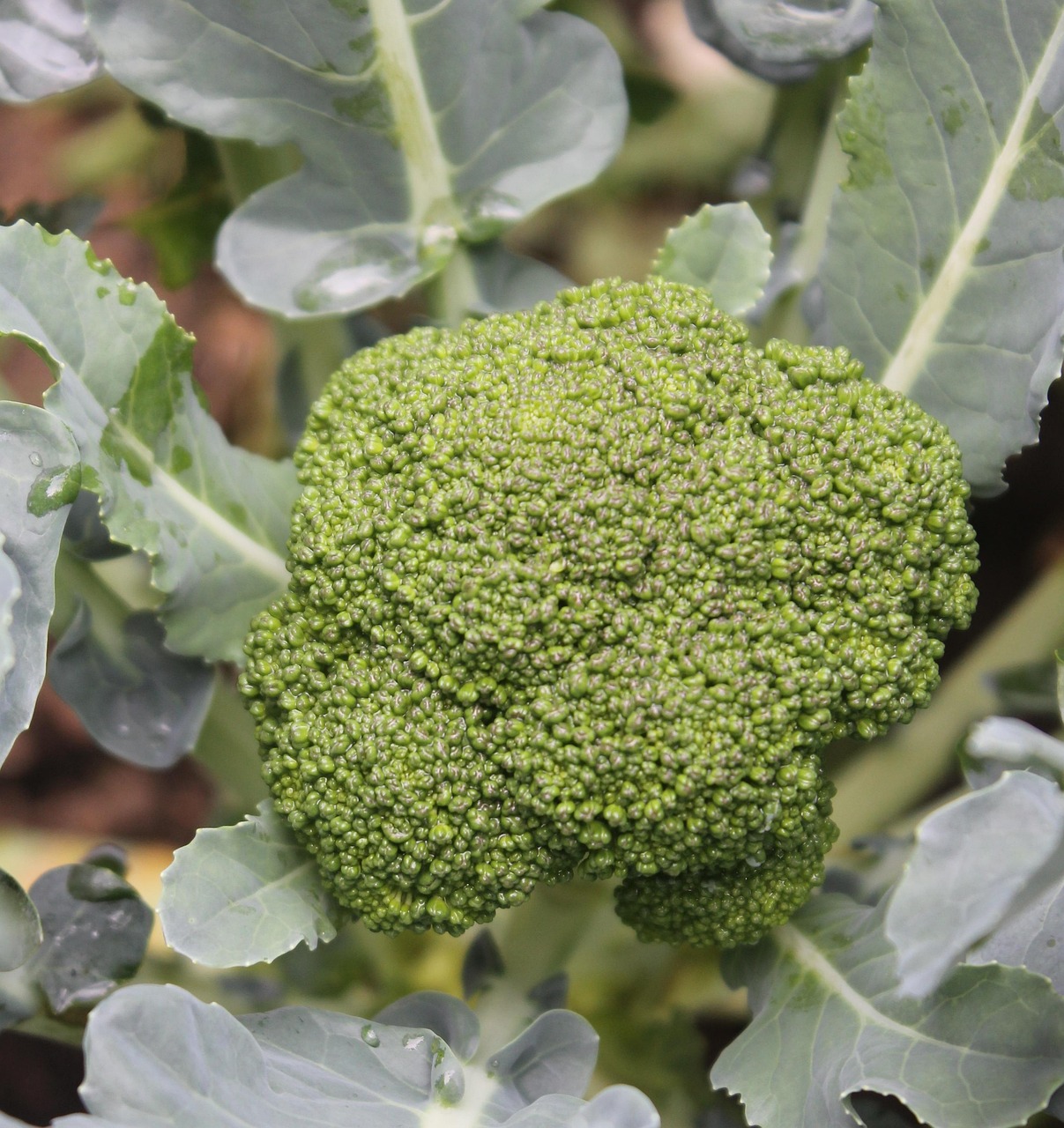
Spring isn’t the only season that delivers impressive broccoli harvests — in fact, it might not even be the best. Many gardeners are discovering that planting broccoli in the fall produces sweeter, tighter, and surprisingly larger heads. Cooler temperatures, slower growth, and fewer pests give broccoli the perfect opportunity to shine. Curious why? Let’s dig into the simple secrets behind fall-planted success — and the clever tricks that can help you grow show-stopping florets.
The Science Behind Fall Broccoli (Why It Works So Well)
Does Cold Weather Make Broccoli Sweeter?
Absolutely. As temperatures drop, broccoli converts stored starches into sugars. This natural response acts like a built-in sweetener, giving fall-harvested broccoli a noticeably smoother, milder taste.
Added Fall Advantages
- Slow growth = dense heads
- Fluctuating temps encourage compact florets
- Fewer pests like cabbage worms and flea beetles
- Less bolting compared to spring-sown crops
Timing Your Fall Planting for Maximum Size
Count Back From Frost
To grow those famous big, domed heads, your broccoli needs time to mature before the ground freezes.
Simple timing formula:
- Find your average first frost date
- Subtract 10–12 weeks
- Plant seedlings around that date
Example: If frost typically hits mid-November, aim to transplant in late August or early September.
Choosing Broccoli Varieties Built for Fall
Best Performers in Cool Weather
Not every broccoli variety handles fall equally. Choose ones specifically bred for cold resilience.
- Marathon – Tough against frost, excellent head size
- Green Magic – Early maturing, ideal for tight fall windows
- Waltham 29 – Heirloom favorite with great flavor
- Packman – Dependable producer of tight heads
Why Variety Matters?
The wrong type may bolt in late summer heat or slow dramatically in sudden early frosts. Select wisely and half the battle is already won.
Soil Prep: The “Hidden” Trick to Bigger Heads
Build a Rich, Deep Growing Bed
Broccoli roots love fertile, fluffy soil — especially when racing against the calendar.
Mix in before planting:
- 2–3 inches of compost or aged manure
- Organic nitrogen sources (blood meal or feather meal)
- A sprinkle of garden lime (adds calcium, prevents hollow stems)
Ideal Soil Stats
| Feature | Range/Goal |
|---|---|
| pH | 6.0–7.0 |
| Texture | Loamy, well-drained |
| Nutrients | Nitrogen-rich |
Seed, Seedling, or Transplant — Which Is Best?
Start Indoors for a Head Start
While direct sowing can work, starting broccoli indoors gives you healthier seedlings to transplant at the perfect time.
Suggested schedule:
- Sow seeds 6 weeks before planting out
- Harden off for 7–10 days
- Transplant outdoors once evenings dip below 70°F
Bonus: Transplants resist pests better and establish more quickly in unpredictable fall weather.
Spacing and Layout for Super-Sized Heads
Rule of Thumb: Don’t Crowd the Crown
Proper spacing is a surprisingly powerful trick when it comes to head size.
| Plant Spacing | Result |
|---|---|
| 18–24 inches | Larger central heads |
| <18 inches | More side shoots, smaller head |
Tip: Keep rows 24–36 inches apart to ensure good air circulation and reduce fungal issues.
Fall Care Routine for Fast, Healthy Growth
Water Smartly, Feed Wisely
Broccoli likes consistency — especially during head formation.
- Water deeply once or twice per week
- Mulch with shredded leaves or straw to stabilize soil temps
- Fertilize at transplant and again 4 weeks later with fish emulsion or compost tea
Protect Against Early Chill or Late Heat?
- Shade young plants in scorching early fall
- Use row covers when frost threatens overnight
- Cold frames or plastic tunnels extend the season by 2–3 weeks
Harvesting at Peak Size and Flavor
Look for These Signs
- Head is dark green and 4–7 inches wide
- Florets are tight — not yellowing or opening
- Harvest in the morning for crisp texture
Slice the main head at a slanted angle, leaving a few inches of stem. Side shoots will often keep producing smaller crowns for weeks.
Most Common Mistakes Gardeners Make
And How to Avoid Them
- Planting too late? Heads stay small or don’t form at all
- Skipping soil enrichment? Yields bland, loose florets
- Overcrowding? Leads to tiny central heads
- Ignoring pests? Early fall worms can still devastate young leaves
Conclusion
So, why planting broccoli in the fall? Here’s the trick to bigger heads — it’s all about using nature to your advantage. Cooler weather builds flavor. Slower maturation builds density. Proper timing, rich soil, and ample space are the real secrets behind impressively large heads that look straight out of a seed catalog.
Want a printable checklist for fall broccoli success or guidance based on your growing zone?
